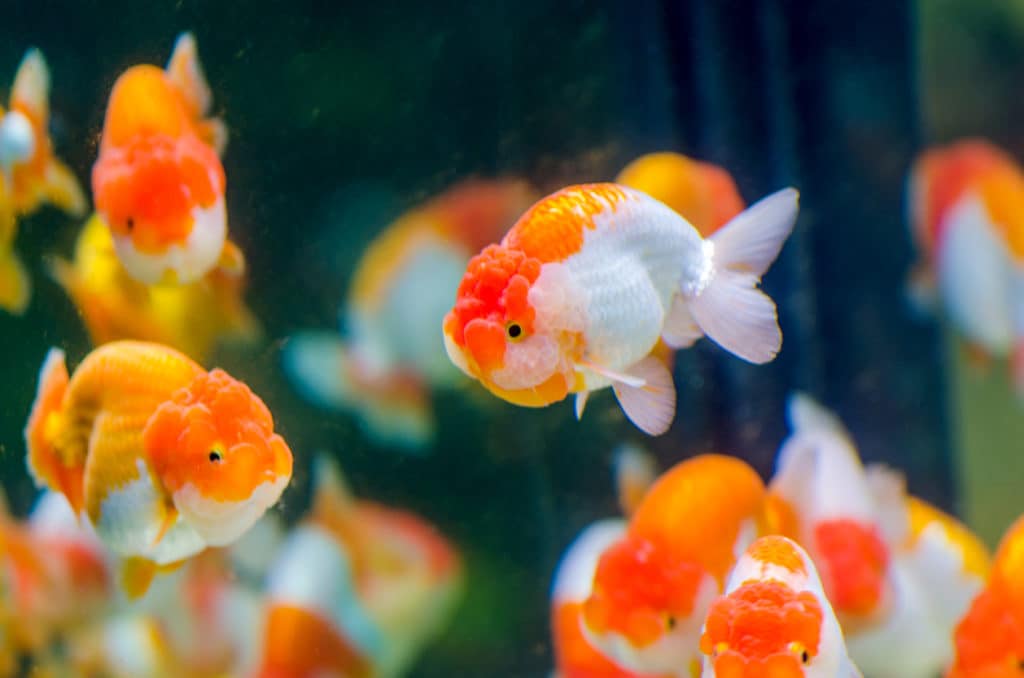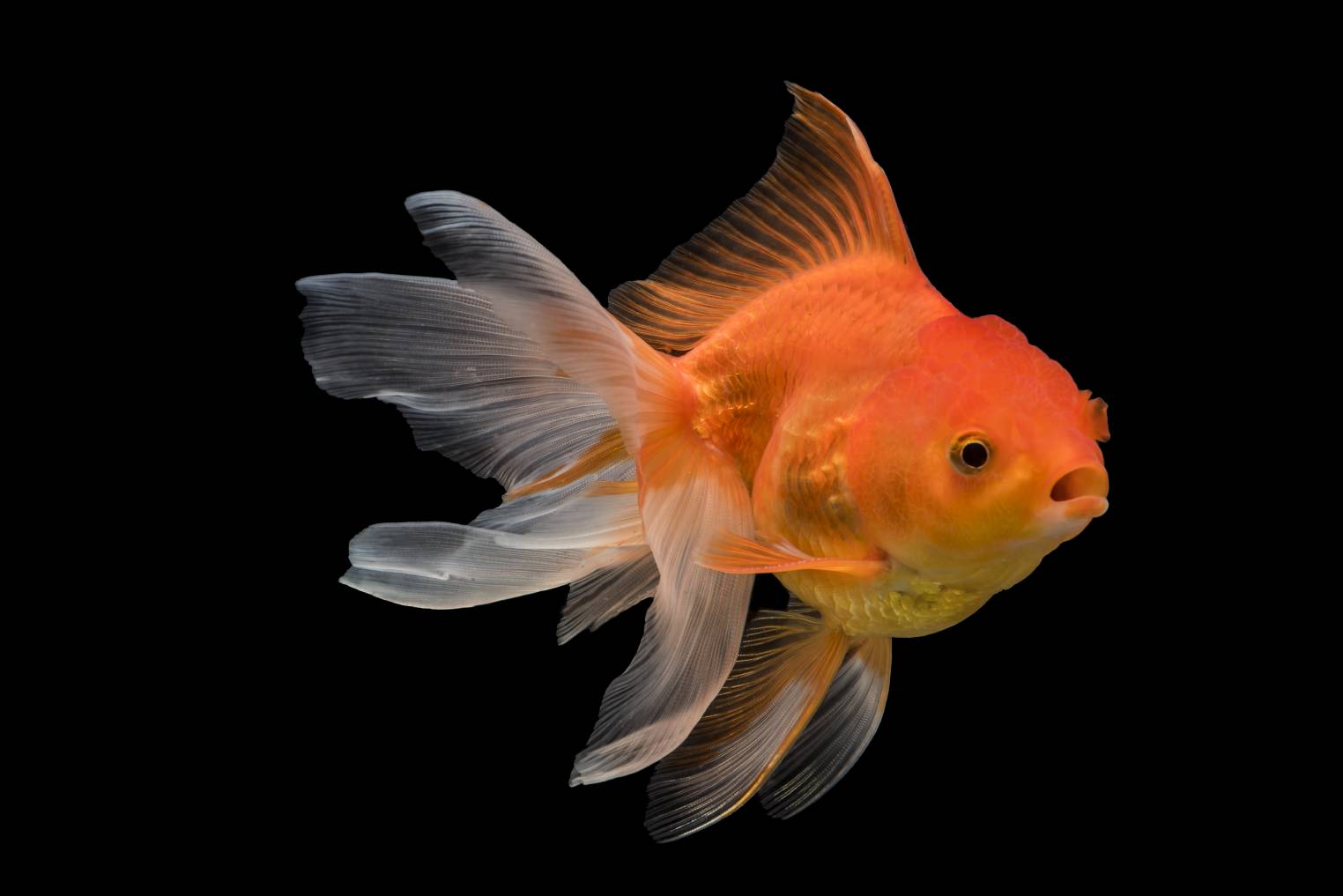Gold fish
Gold fish
Title: The World of Goldfish: A Guide to Care and Maintenance
Introduction: Welcome to the world of goldfish! Goldfish are one of the most popular species of aquarium fish, and for good reason. They are beautiful, colorful, and easy to care for. However, despite their hardiness, goldfish still require proper care and maintenance to ensure they live long and healthy lives. In this documentary, we'll take you through the fascinating world of goldfish and provide you with the knowledge and skills you need to care for them.
Chapter 1: Water Levels and Quality
The first step to caring for your goldfish is to maintain the proper water levels and quality. Goldfish require clean, oxygen-rich water to thrive. The ideal water temperature for goldfish is between 68 and 72 degrees Fahrenheit. You can use a thermometer to monitor the temperature of your water and adjust it as needed. It's also important to maintain proper pH levels. The ideal pH range for goldfish is between 7.0 and 8.0. You can use a pH test kit to measure the pH of your water and add buffers if needed.
Another important aspect of water quality is filtration. Goldfish produce a lot of waste, so it's important to have a high-quality filtration system to remove toxins and debris from the water. You can choose from a variety of filtration systems, such as power filters, canister filters, and sponge filters. It's also important to perform regular water changes to keep your water clean and fresh. You should aim to change 25% of your water every week.
Chapter 2: Feeding and Nutrition
Goldfish are omnivores, which means they eat both plants and animals. A balanced diet is important for the health and well-being of your goldfish. You can feed your goldfish a variety of foods, such as pellets, flakes, freeze-dried or frozen foods, and live foods. It's important to choose high-quality foods that provide the right balance of nutrients.
One common mistake that goldfish owners make is overfeeding. Goldfish have big appetites, but they don't know when to stop eating. Overfeeding can lead to health problems, such as constipation, swim bladder disease, and even death. You should feed your goldfish only as much as they can eat in 2-3 minutes, two to three times a day. You can also try using a feeding ring to prevent food from floating away and getting trapped in the filter.
Chapter 3: Reproduction and Breeding
Goldfish breeding is a fascinating and rewarding experience, but it's not for everyone. Before you consider breeding your goldfish, you should have a good understanding of their needs and requirements. Goldfish breed in the spring and summer when the water temperature is between 60 and 70 degrees Fahrenheit.
To breed goldfish, you'll need a breeding pair and a suitable breeding environment. You can choose from a variety of breeding setups, such as a separate breeding tank or a spawning mop. Once your goldfish have laid their eggs, you'll need to remove the eggs from the tank and place them in a separate hatching tank. The eggs will hatch in 3-7 days, and the fry will become free-swimming in 2-3 days.
Caring for goldfish fry can be challenging, as they require a different diet and environment than adult goldfish. You'll need to feed them small, frequent meals of live or powdered foods, and keep their water clean and oxygenated. It's also important to separate the fry from the adult goldfish to prevent them from being eaten.
Goldfish are generally hardy and resistant to disease, but they can still fall ill if their care requirements are not met. Some common health issues that goldfish may experience include fungal infections, bacterial infections, parasitic infestations, and swim bladder disease.
To keep your goldfish healthy, it's important to observe them regularly and watch for any signs of illness or distress. Some common signs of illness include lethargy, loss of appetite, frayed fins, abnormal swimming behavior, and discoloration. If you notice any of these symptoms, it's important to take action quickly to prevent the spread of disease.
There are a variety of treatments and medications available for common goldfish diseases, such as antibiotics, antifungals, and parasiticides. However, prevention is always the best approach. You can prevent disease by maintaining proper water quality, feeding a balanced diet, and avoiding overcrowding. You should also quarantine any new fish for at least two weeks before introducing them to your main aquarium.
Goldfish are a diverse group of freshwater fish that come in a wide range of shapes, sizes, and colors. Here are some of the most popular goldfish varieties:
Common Goldfish: The classic goldfish, typically orange or red in color, with a long and slender body and flowing fins.
Comet Goldfish: Similar to the common goldfish, but with a longer and more pointed tail fin.
Shubunkin Goldfish: A type of goldfish with a calico pattern of red, orange, black, and white patches, and a forked tail fin.
Fantail Goldfish: A short-bodied goldfish with a double tail and a rounded body.
Ryukin Goldfish: A round-bodied goldfish with a hump on its back and a flowing tail fin.
Oranda Goldfish: A round-bodied goldfish with a prominent fleshy growth on its head called a "wen."
Black Moor Goldfish: A black-colored goldfish with protruding eyes and a rounded body.
Lionhead Goldfish: A short-bodied goldfish with a round head and no dorsal fin, and covered in short, fuzzy scales.
Pearlscale Goldfish: A round-bodied goldfish with scales that resemble pearls, giving it a bumpy texture.
Bubble Eye Goldfish: A delicate goldfish with fluid-filled sacs under its eyes that create a unique and fascinating appearance.
Each goldfish variety has its own unique characteristics and requirements for care. Some may be more susceptible to certain diseases or require special diets. It's important to research the specific needs of your goldfish variety to ensure that you provide them with the best possible care.
Conclusion: Goldfish are a beautiful and fascinating species of fish that can provide years of enjoyment to aquarium enthusiasts. With proper care and maintenance, you can create a healthy and thriving environment for your goldfish to live in. We hope this documentary has provided you with the knowledge and skills you need to care for your goldfish and appreciate the wonder of this amazing species. Happy fishkeeping!


Comments
Post a Comment